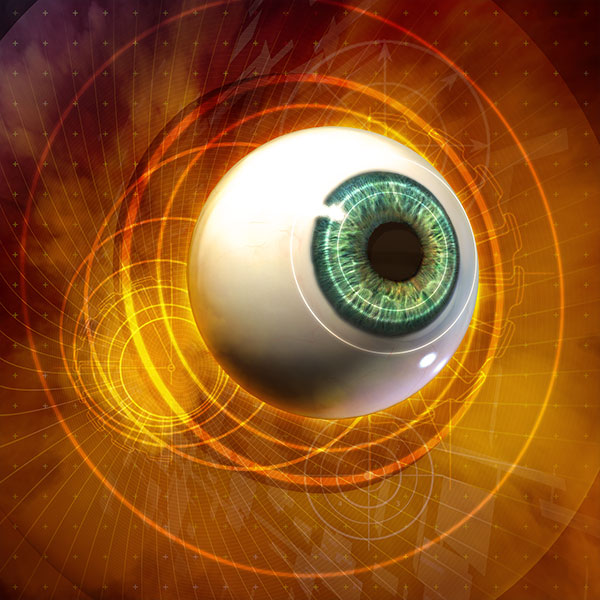 |
The “Bologna Mozart” portrait
The 1777 copy of the lost 1770 portrait of Mozart
wearing the medal of the Order of the Golden Spur
Accademia di Musica di Bologna |
For as long as I remember as a Mozartian, which goes back to my teenage years, I have heard the story of the ”secret” Gregorio Allegri Miserere and Mozart’s “miraculous” feat of
copying it out “perfectly” upon “one” listening.
It sounded like a Mozart myth.
So I decided to do my own research to find out the truth.
There is indeed a kernel of truth in this well-worn story. The story of Mozart’s two April 1770 visits to the Vatican during Holy Week and the Allegri Miserere “caper,” have gone through many permutations, most of them distorted and hyperbolic.
Below is my research that removes the encrusted accretions of two centuries of hyperbole, gets the facts straight, and shows you exactly how a young genius could have done it.
During the first (1770) of their three Italian journeys,the trips that were formative in Wolfgang's compositional embryogenesis, Wolfgang and Leopold found themselves in Roma during Holy Week.
Wolfgang and Leopold arrived in Roma from Firenze on Wednesday , 11 April 1770, a rainy afternoon in the Eternal City.
During the Tenebrae Service at the Vatican on Thursday April 12th (Holy Thursday in Christian tradition), the Mozarts heard Gregorio Allegri's sublime nine-part, two-choir. polyphonic 1635 masterpiece, Miserere (Miserere mei, Deus).
One of many Mozart myths is that the Miserere manuscript was “heavily guarded” at the Vatican and that there were “no other copies.”
Untrue.
By 1770, one hundred thirty-five years after the Miserere was composed, there were a number of copies around Europe, several specifically in London, where the Mozart family sojourned for several months in 1764. The Allegri Miserere was performed a number of time times in London in the 1760s.
Could Wolfgang have heard it as an eight year-old when he was in London?
Where were the other copies?
The Vatican, of course, had a copy (likley the original autograph manuscript ) of the Miserere. Another copy was in Bologna in the possession of Mozart’s friend and early musical mentor, Padre Giovanni Battista Martini. The King of Portugal also had a copy.
After hearing the Miserere on Holy Thursday, April 12th, Wolfgang went back to his apartment and, with his eidetic memory and absolute pitch, wrote out on several sheets of composition paper what he remembered of the work.
Wolfgang and his father went back to hear the Miserere performed again on Saturday, April 14th (Holy Saturday in Christian tradition), the day before Easter Sunday.
Finding some mistakes in the copy he had made, Wolfgang made corrections.
The Mozarts went on to Napoli to attend an opera at San Carlo (which Mozart didn’t care for) and then on to see Pompeii.
Somehow and at some point, Wolfgang's fair copy got into the hands of Pope Clement XIV.
The Pope, instead of excommunicating Wolfgang, decided to award Wolfgang the honor of Chevalier of the Order of the Golden Spur (Caveliere dello Sperone D'Or), First Degree.
Recieving the Order of the Golden Spur was an extraordinary honor for anyone, especially a teenager. The Pope went one step further in giving Wofgang First Degree honors, a higher rank than that conferred on most other recipients, including Christoph Willibald von Gluck.
On July 5th 1770, Cardinal Lazzaro Pallavicini, the papal secretary to Pope Clement XIV, conferred LonSperone D'Oro di prima classe (The Order of the Golden Spur in the First Degree) on Wolfgango Amedeo Mozart, a rank equal to the Order of the Golden Spur the Papacy had previously conferred only on Orlando di Lasso, some two hundred years earlier.
How did Wolfgang do it?
He did it as follows:
1) he used his eidetic memory;
2) he used his absolute pitch:
3) perhaps he had seen a manuscript in London in 1764 (there were a number of copies there);
and most importantly,
4) the work is short and VERY repetitive - in fact it repeats six times.
It was quite doable for Wolfgang to copy out what he had heard.
The Miserere is about twelve minutes. But, it is actually a two-minute compsition repeated six times. A genius such as Wolfgang would have had very little trouble remembering the melody. The polyphony would have been the issue.
What is truly astonishing, therefore, and in my view, was Wolfgang's remarkable ability to parse out the nine-part polyphony that comprises the heart of the Miserere, not putting a repeat sign at the end of a two-minute composition.
THAT is the stuff of genius......
Listen to the haunting, mystical Gregorio Allegri Miserere, in the iconic, benchmark 1980 performance by the Tallis Scholars.
https://www.youtube.com/watch?v=nKj1iK2WKS8
Vincent DeLuise
Image: The so-called Bologna portrait of 1777. This is the 1777 copy by an unknown artist of the lost 1770 oil painted of Mozart for Padre Martini’s Gallery of Composers for the Accademia di Musica di Bologna e Verona. Note that Mozart is wearing the Order of the Golden Spur in this portrait. Leopold said that Wolfgang was “sick” when he sat for the portrait but that the portrait resembled Wolfgang almost exactly.


























